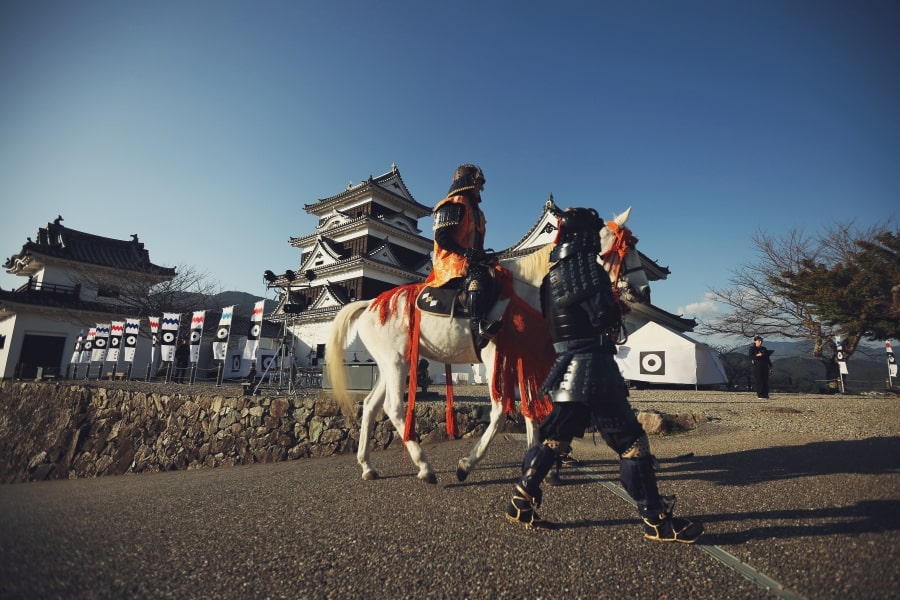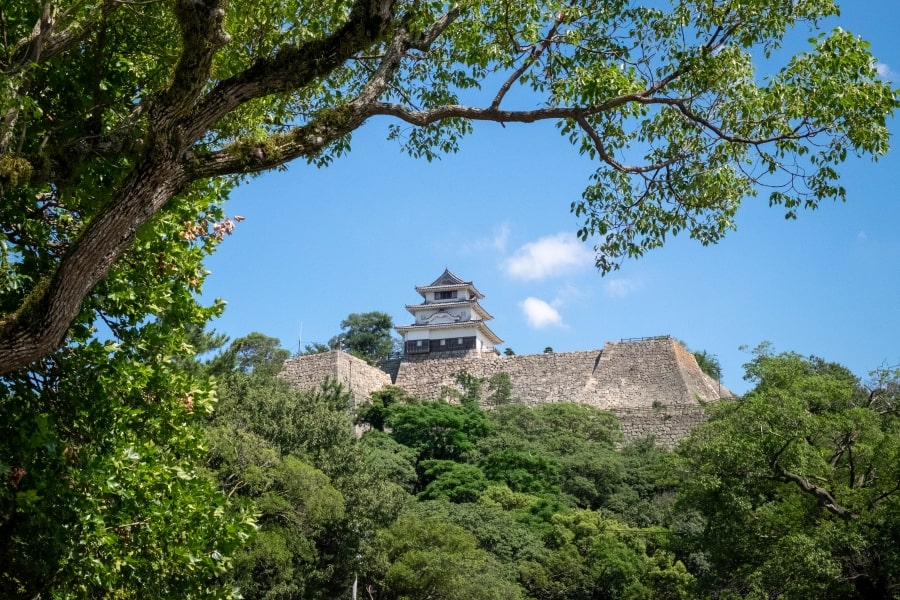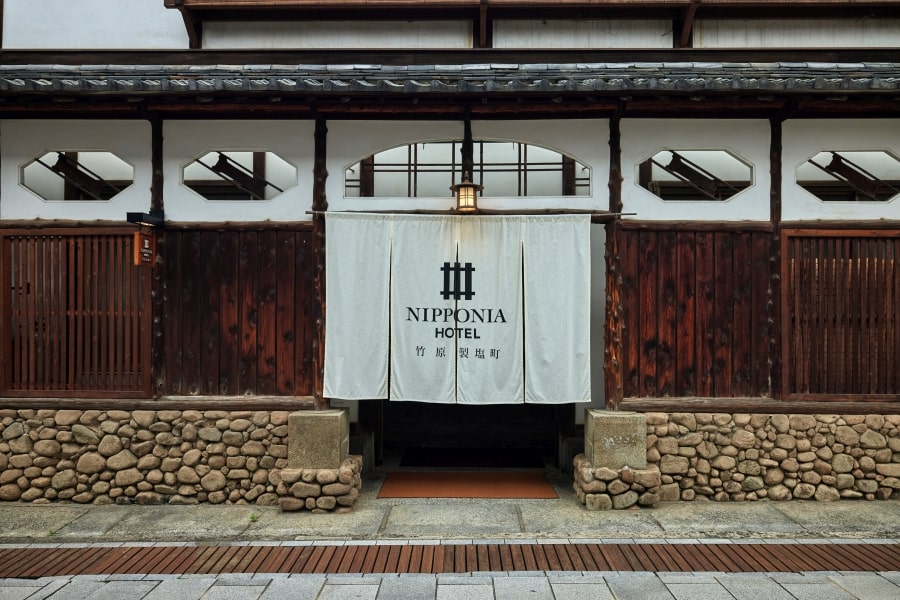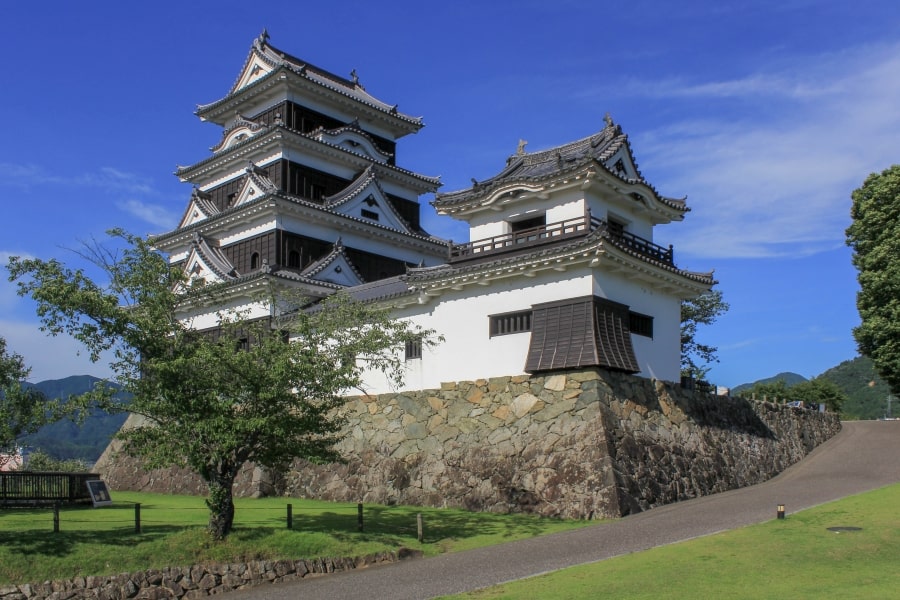SETOUCHI TOURS
Fukuyama Castle
An impressively recreated castle keep with excellent Shinkansen access.
Home » Fukuyama Castle
Fukuyama Castle
When you arrive at Fukuyama on the Sanyō Shinkansen, Fukuyama Castle looms very large through the windows of the platform, almost appearing as though the castle is part of the station. That’s because the city of Fukuyama stands at a strategic location on the old Sanyōdō highway beside the Inland Sea. The castle was built to guard the route, and today’s Shinkansen is built over the outer walls of the old castle.
The castle grounds are expansive, and from inside the castle grounds, the train station is largely invisible. The keep itself is at the northern end of the castle enclosure, while the watchtowers and gate that survive from the Edo period are to the south. The keep was destroyed by bombing in World War Two, and it’s been recreated in ferro concrete. The northern side of the keep is covered in black metal plates, contrasting handsomely with the white walls on the other three sides. The keep houses a museum documenting the history the castle. Due to its location on low ground, the castle can be glimpsed from many places in Fukuyama.
Within the castle grounds are the Fukushima Museum of Art and the Hiroshima Prefectural Museum of History. Also within the grounds is a Japanese garden, the centrepiece of which is Fukuju Kaikan, a villa built in the early Shōwa period. It houses a tea shop and there’s a fine view of the castle keep from the second floor.
Nipponia Hotels offers a luxurious castle stay at Fukuyama Castle.
Previous
Next
Information
Name in Japanese: 福山城
Pronunciation: fuku-yama-jō
Address: 1 Chome-8-3 Marunouchi, Fukuyama, Hiroshima 720-0061
Related Tours
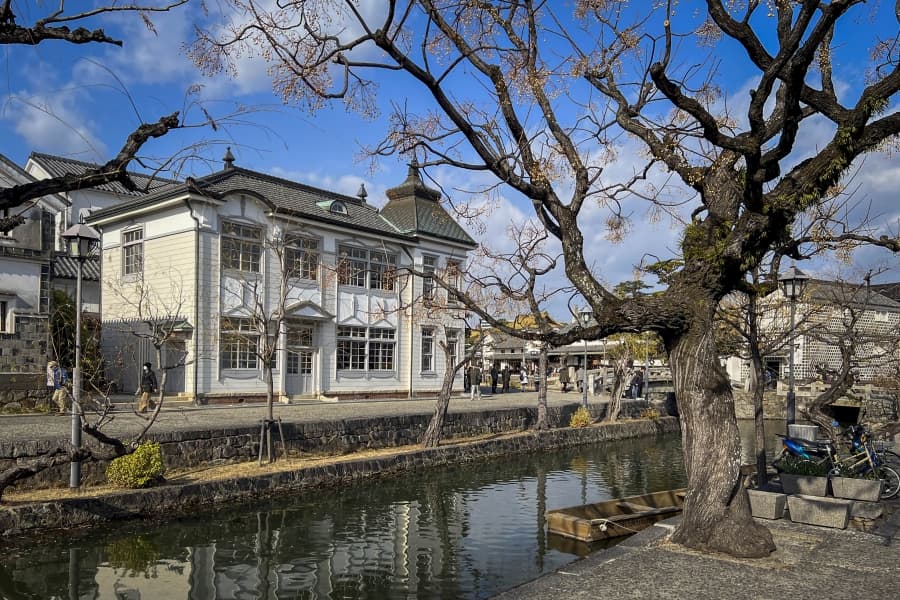
6 Days
¥498,000
This tour visits islands in Hiroshima, Ehime, and Kagawa, and some sights in the coastal regions of Honshū and Shikoku. You explore the Tobishima Kaidō and Shimanami Kaidō island chains, and the art island of Naoshima.
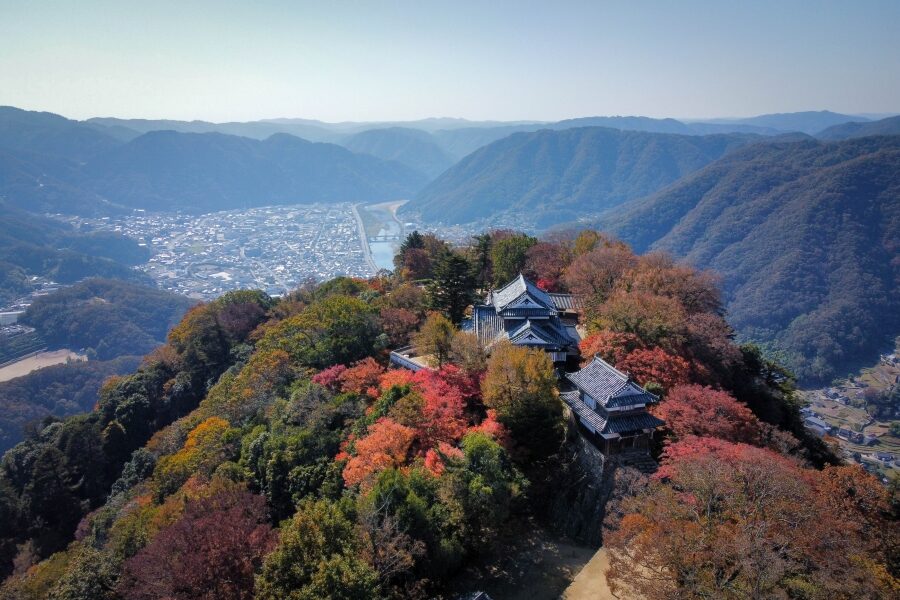
6 Days
¥498,000
This tour visits the major sights of Okayama, Shimane, and Hiroshima prefectures, focusing on the small historic cities of each region, and the natural wonders found in the countryside between them.
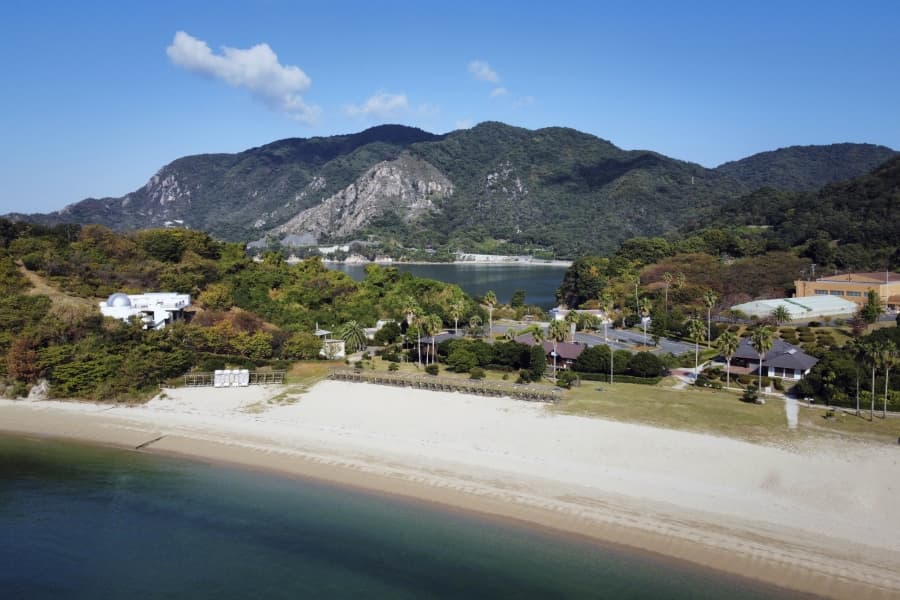
2 Days
¥188,000
This tour visits islands in Hiroshima and Ehime, and some sights in the coastal region of Honshū.
